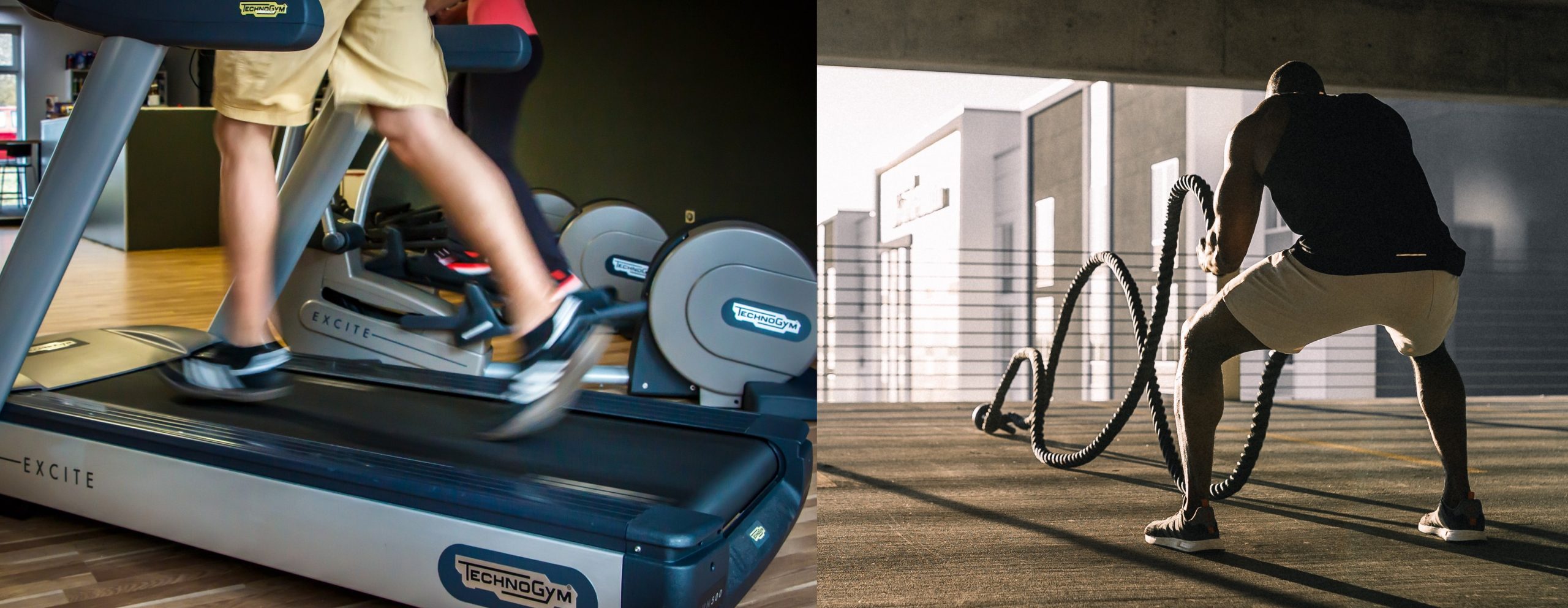The Cardio Conundrum: HIIT vs. Steady-State, What's Best for You?

When it comes to cardiovascular training, there’s an ongoing debate: Is High-Intensity Interval Training (HIIT) or steady-state cardio the better choice? Each boasts a range of benefits, but what’s right for one person might not be right for another. Join me as we compare these two popular forms of exercise to help you make an informed decision.
HIIT: The Sprinter's Choice
High-Intensity Interval Training, or HIIT, involves short, intense bursts of exercise followed by brief recovery periods. These workouts can be intense, but they’re also typically quite short, often lasting less than 30 minutes.
The Benefits of HIIT
- Efficiency: HIIT workouts can burn a lot of calories in a short time, making them a great choice for those with busy schedules.
- Post-exercise calorie burn: The intensity of HIIT can increase your metabolic rate for hours after exercise, leading to additional calorie burn.
- Promotes fat loss: Research suggests HIIT may reduce body fat more effectively than other types of exercise.
- Can improve oxygen consumption: Even with shorter workouts, HIIT can improve your oxygen consumption—usually a benefit associated with longer, steady-state workouts.

The Drawbacks of HIIT
- Higher risk of injury: The high intensity of HIIT can increase the risk of injury, especially if proper form is not maintained.
- May be challenging for beginners: If you’re new to exercise, the intensity of HIIT workouts may be overwhelming.
- Requires more recovery time: Given its intensity, HIIT calls for adequate recovery time to prevent overtraining and injury.
Steady-State Cardio: The Marathon Runner's Choice
Steady-state cardio involves maintaining a moderate intensity over a longer duration—typically 30 minutes or more. This could be running at a steady pace, cycling, or swimming. Going for a long walk can also fit into this category.

The Benefits of Steady-State Cardio
- Suitable for all fitness levels: Since it involves a lower intensity, steady-state cardio can be an excellent choice for beginners or those with certain health conditions.
- Promotes heart health: This type of exercise can lower blood pressure and cholesterol levels, promoting heart health.
- Can aid in recovery: On days off from intense workouts, steady-state cardio can help promote active recovery.
The Drawbacks of Steady-State Cardio
- Time-consuming: These workouts tend to be longer, which might not work for those with tight schedules.
- Less efficient for calorie burn: Steady-state cardio burns fewer calories during the workout when compared to HIIT.
- Could lead to plateaus: If you’re not varying your workouts, you may hit a fitness plateau with steady-state cardio.
Making the Choice: HIIT or Steady-State Cardio?
So, which should you choose: HIIT or steady-state cardio? The answer depends on your fitness goals, schedule, and personal preference. Both forms of exercise have their place in a well-rounded fitness routine.
Remember, whichever form of cardio you choose, recovery is essential. Adequate sleep, for example, aids in muscle recovery and overall performance. Learn more about the importance of sleep for athletes.
Also, don’t forget to remain active even on your off days. Check out these 10 ways to stay active between workouts. And most importantly, ensure your chosen form of exercise aligns with your smart fitness goals.
Choosing the right cardio exercise for you is a personal journey. It’s all about listening to your body, considering your goals, and figuring out what you enjoy. Whether you’re a sprinter or a marathoner at heart, both HIIT and steady-state cardio have their unique perks. Mix and match, switch it up, and keep your workouts exciting. Remember, the best workout is the one you’ll stick to!

